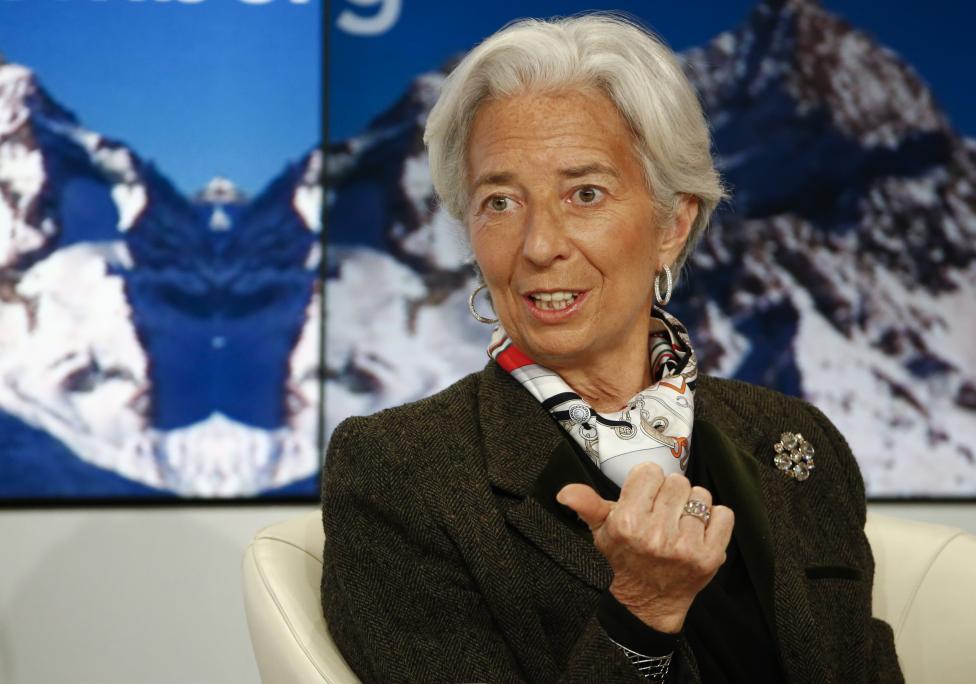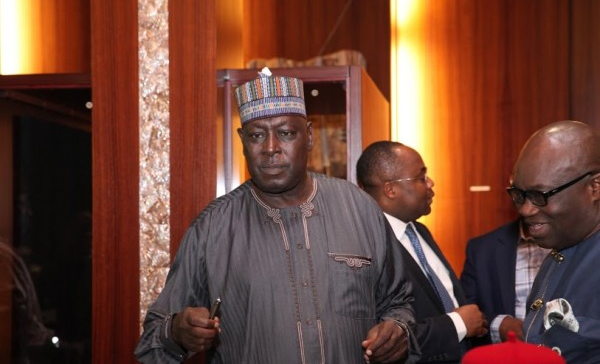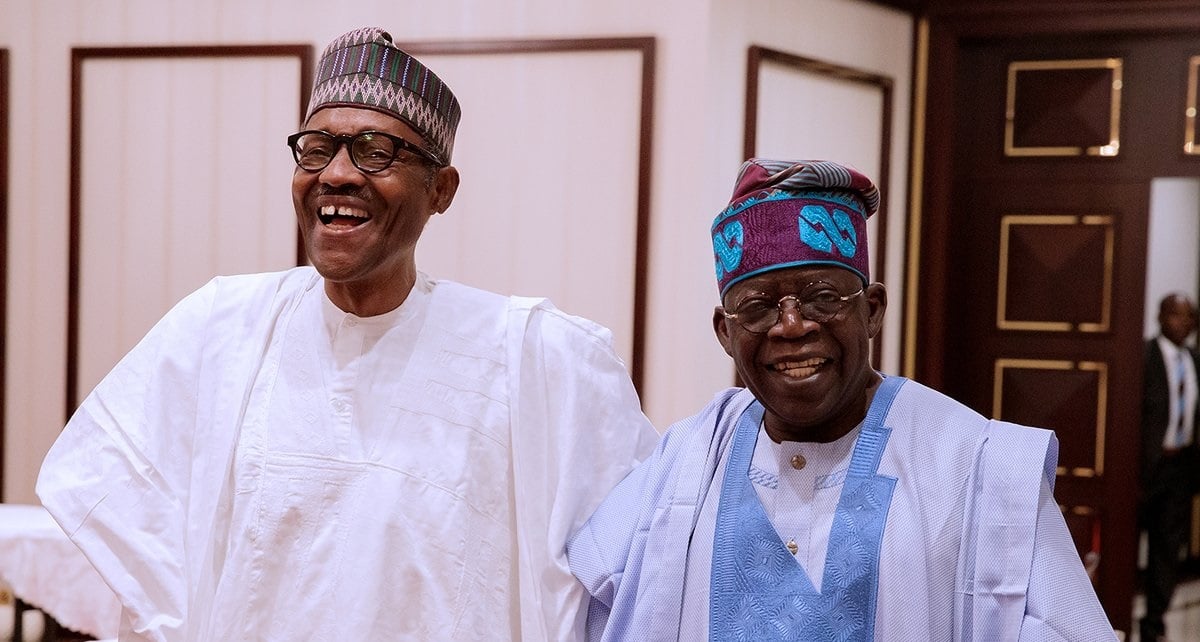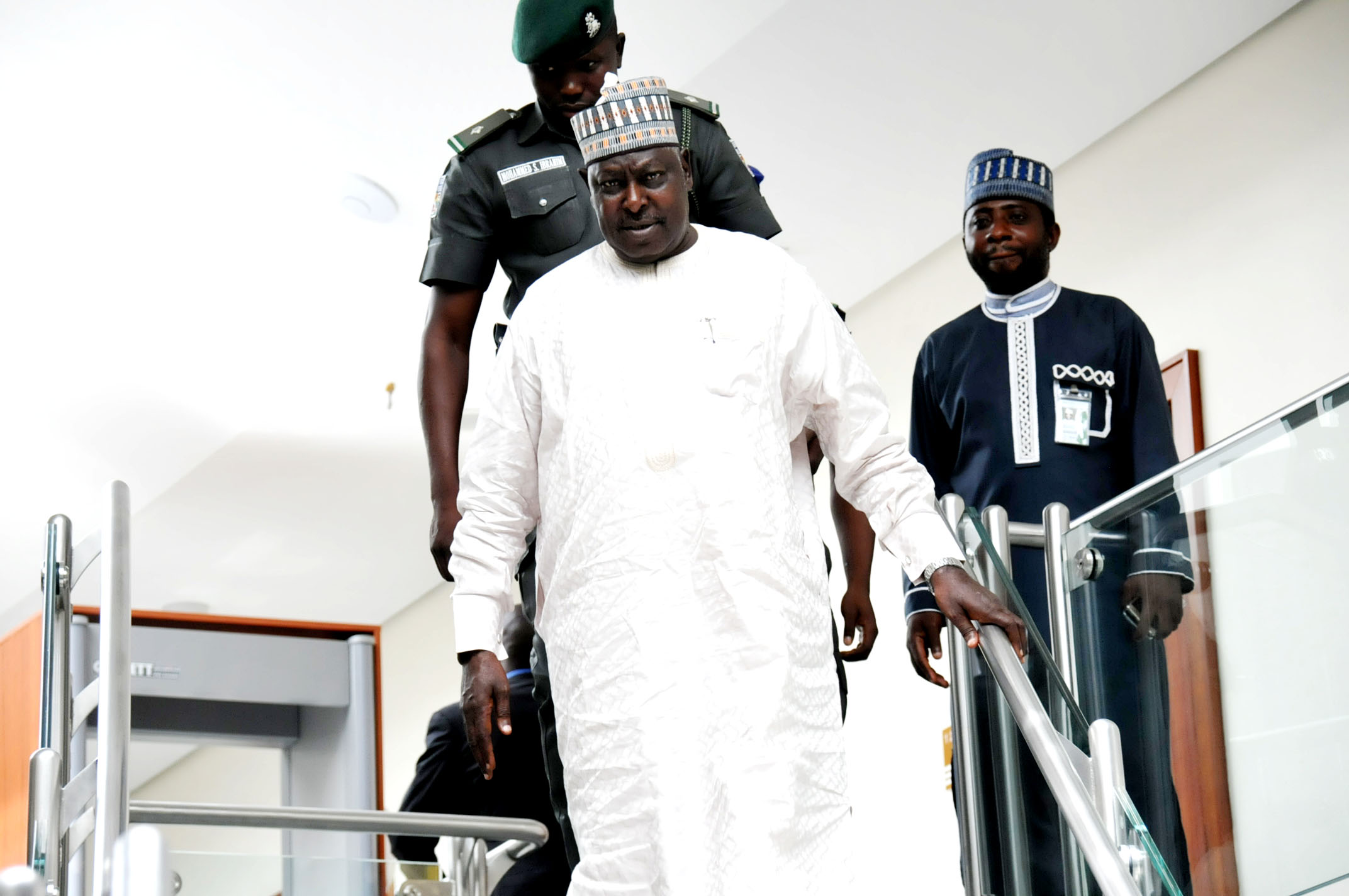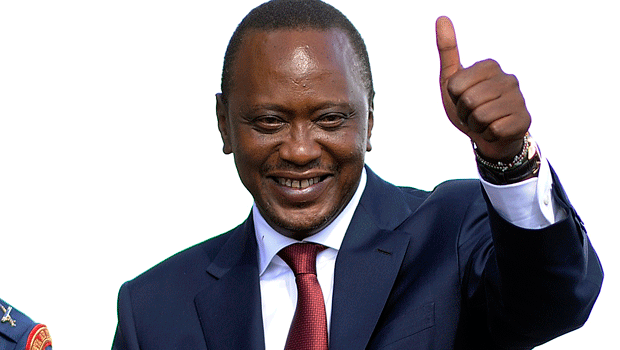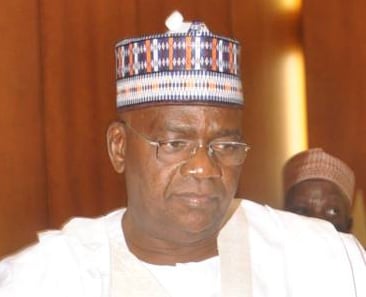Christine Lagarde, Managing Director of the International Monetary Fund, speaks at the "Ending the Experiment" event January 22, 2015. Reuters/Ruben Sprich
October was certainly another positive month for the largest economy in Africa, which has yet again showcased its brawn and resilience on the global stage.
Annual inflation eased for the eighth straight month, while encouraging core economic metrics pointed to further signs of economic stability. Rising global oil prices and recovering domestic oil production has positively impacted government revenues and supported foreign exchange markets. The overall outlook for Nigeria remains quite encouraging, especially when considering how heavyweights such as the World Bank and IMF have both recently expressed their optimism.
As we head into the final trading months of 2017, there may be an increasing focus on the intentions of the Central Bank of Nigeria. With inflation pressures easing and economic fundamentals stabilizing, speculation is likely to mount over the Central Bank of Nigeria taking action.
Investor confidence towards the Nigerian economy was stimulated in October, after the World Bank projected economic growth to reach 1% this year. The IMF has also expressed optimism towards the nation by re-affirming its 0.8% growth forecast for the economy this year. According to the fund, growth in 2017 has been fueled by recovering oil production.
Advertisement
In addition to the improving oil outlook, Nigeria’s agricultural sector has also been performing; this is especially significant in view of the fact that the nation is currently on a quest for diversification. While the IMF stated that growth in 2018 may be subdued by population growth, the 1.9% prediction still remains encouraging and continues to highlight the resilience of the Nigerian economy.
Speaking of recovering oil production, Nigeria’s oil output hit 1.8 million barrels a day in August. While this is good news for the nation as oil prices are currently trading above $52 per barrel, production is likely to remain below this level. Although the nation could have the ability to pump more oil, the silent pressure radiating from OPEC’s production cut deal is likely to keep production capped.
While Nigeria is currently exempt from the cartels deal to cut production, there is a possibility that OPEC will request them to join in an effort to rebalance markets. This poses an external risk to Nigeria, as the federal government’s 2017 budget is based on a production of 2.2 million barrels per day, at $44.50 per barrel. A scenario where Nigeria limits production and oil prices start to depreciate, could pose a threat to the nation’s current economic recovery.
Advertisement
While oil markets have found support from geopolitical tensions between the US – Iran and Iraq conflicts, the oversupply concerns are still lingering in the background. Technical traders will continue to observe how WTI crude reacts above $50.
Although Nigeria’s macroeconomic environment continues to stabilize, there is still a strong need for a robust fiscal policy to complement growth. It has been said on repeated occasions that the nation’s infrastructure needs a serious makeover. With major roads in poor condition, healthcare and education in need of a revamp, Nigeria has a lot of work on its hands.
It must be kept in mind that solid infrastructure creates a strong and healthy economy. President Muhammadu Buhari has recently asked the national assembly to approve a request to borrow $5.5 billion. With Buhari stating that the loan will be used to provide funding for capital projects, this is likely to improve investor sentiment as the money borrowed, is used for infrastructure developments.
On the monetary side, Godwin Emefiele, governor of the Central Bank of Nigeria, is expecting inflation rates to ease rapidly and hit high single-digit rates in the middle of 2018. This sounds like a realistic and achievable prediction, especially when considering how inflation has cooled for the eighth straight month in September, to 15.98%.
Advertisement
The steady increase in foreign exchange supply from the usage of the flexible rate policy, has also played a role in the fall of consumer prices, with inflationary pressures slowing and becoming a theme of the past. If the nation’s rate of inflation continues to decline and the economic environment improves further, the Central Bank of Nigeria may cut interest rates in an effort to support growth.
Focusing on the foreign exchange outlook, the naira traded at N363 per dollar on the parallel market on Friday, October 27. With the dollar roaring back on the back of optimism over Donald Trump moving forward with tax reforms, the naira, like many other emerging market currencies, could feel the heat.
Overall, there is growing confidence over Nigeria’s economic outlook, with markets paying very close attention to domestic economic data and the CBN as the 2017 finish line draws near.
Advertisement
Add a comment

